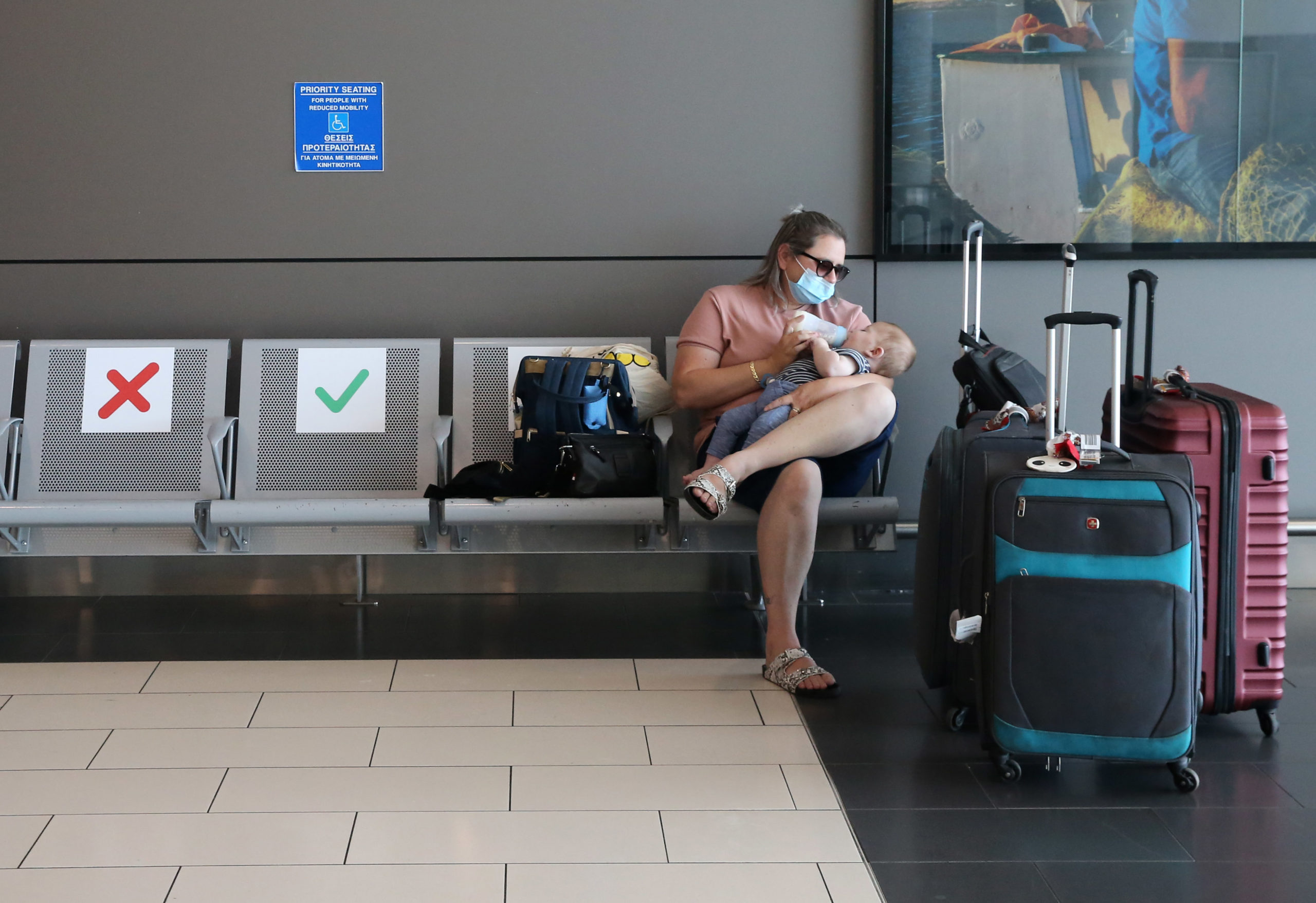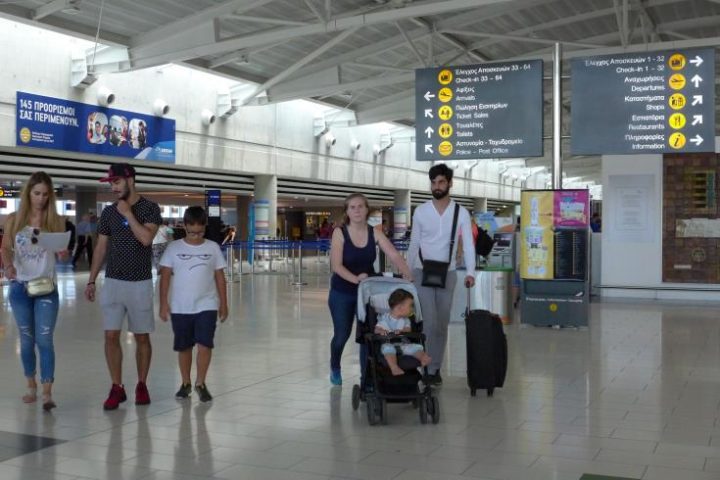Cyprus’ safe travel list has whittled down to just seven countries from which travellers do not need to present a negative COVID-19 test to gain entry.
With epidemiological data deteriorating across Europe with fears of a second wave growing, as of Friday Cyprus will be knocking three countries entirely off the list while demoting another from Category A (no test needed) to B (test needed before entry).
The Health Ministry has deemed Belgium, Slovakia, and Georgia as not safe enough to be included on the travel list.
Cyprus has also demoted EU state Lithuania from Category A to B.
Following a revaluation of epidemiological data, the Health Ministry removed Slovakia for the first time since it started issuing a ‘safe list’ when the airports reopened on June 9.
As a result, just three EU countries are among the seven left in low-risk Category A namely Germany, Finland, and Latvia.
This is the lowest number of EU countries ever to be included on the list since health authorities gave the green light to reopen airports after the first wave of COVID-19.
Changes to the travel status of each country come into effect from Friday, October 9.
Entry to Cyprus from category C countries is only allowed for Cypriots, residents, and people with a special permit.
People arriving from these countries need to carry a coronavirus negative test, undergo another test upon arrival and then self-isolate for 14 days.
Arrivals from category C countries will need to repeat the test (at own expense) 48 hours before ending their 14-day self-isolation.
Visitors from the 7 classified Category A countries (down from 11 on September 28) are not required to provide a negative COVID-19 test.
Arrivals from countries in Category B need proof they have tested negative for COVID-19 within 72 hours of boarding their flight to Cyprus.
All passengers, irrespective of category must apply online for CyprusFlightPass (https://cyprusflightpass.gov.cy/) within 24 hours of departure.
Passenger arrivals are also randomly tested at the airports, Cypriots have the option of paying for a test (€60) on their return.
Category A – Low-risk countries
Countries with an effective reproduction (Rt) number lower than 1 or/and a small number of new diagnoses (<1/100,000 inhabitants per day) or/and small or very small COVID-19 mortality (<5-10/100,000 inhabitants) or/and classification of sporadic cases or clusters of cases according to the WHO or/and at least satisfactory lab testing (>3000 tests/100,000 inhabitants).
EU member states 1) Germany, 2) Finland, 3) Latvia,
Third countries: 1) Australia, 2) Thailand, 3) New Zealand, 4) South Korea
Category B – Low risk but higher than A
Countries with R (t) above 1 and/or new cases of >1/100,000 people a day and/or increased COVID-19 mortality (>10/100,000 people) and/or limited lab tests (<2000 tests/100,000 people) or lack of classification by WHO.
This category now includes 20 countries, down from 22.
EU member states: 1) UK, 2) Denmark, 3) Greece, 4) Estonia, 5) Ireland, 6) Italy, 7) Poland, 8) Sweden, 9) Lithuania
Members of Schengen: 1) Norway, 2) Iceland, 3) Lichtenstein
Small nations: 1) the Vatican, 2) San Marino
Third Countries: 1) Uruguay, 2) China (including Hong Kong), 3) Japan, 4) Serbia, 5) Ruanda, 6) Canada
Category C – High-risk countries
EU Member States: 1) Bulgaria, 2) France, 3) Croatia, 4) Luxemburg, 5) Romania, 6) Spain, 7) Malta, 8) Netherlands, 9) Hungary, 10) Czech Republic, 11) Austria, 12) Slovenia, 13) Portugal, 14) Belgium, 15) Slovakia
Small States: 1) Andorra, 2) Monaco
Members of Schengen: 1) Switzerland
Third Countries: 1) Algeria, 2) Tunisia, 3) Morocco, 4) Montenegro
All countries not included in categories A or B are placed in this category.
Some of the countries which are of high risk according to their epidemiological picture are mentioned above.










